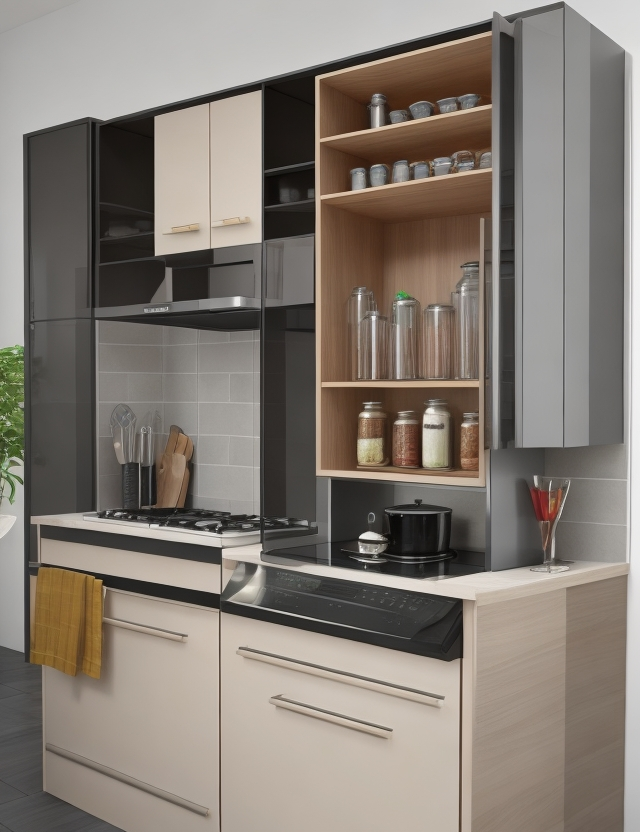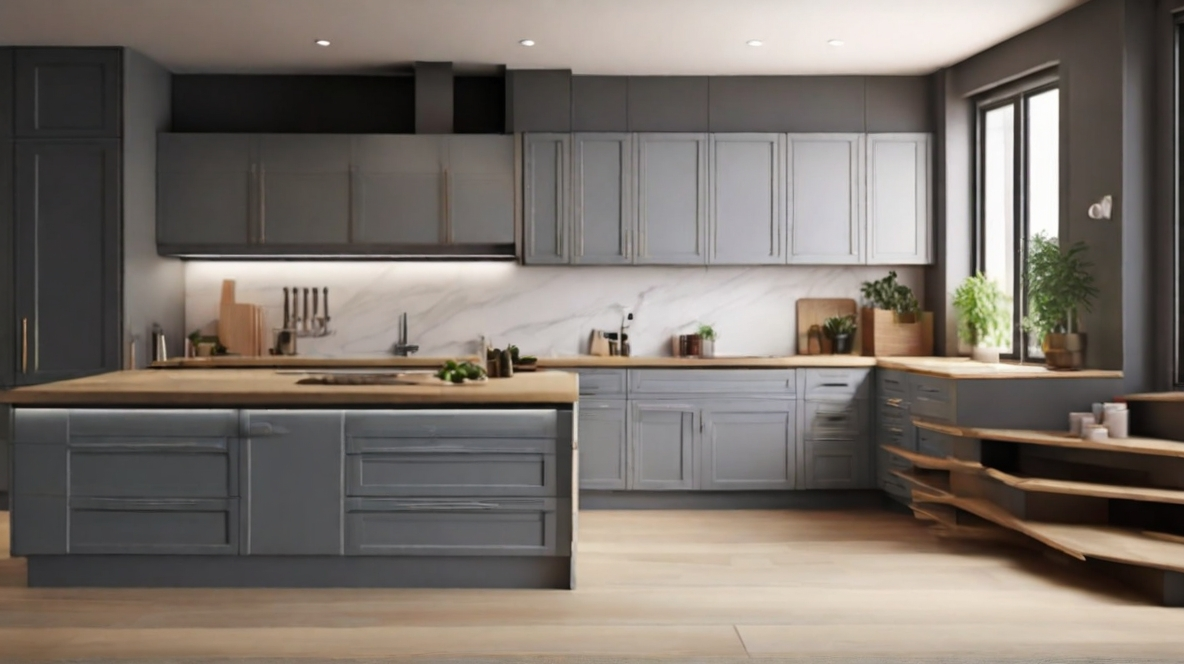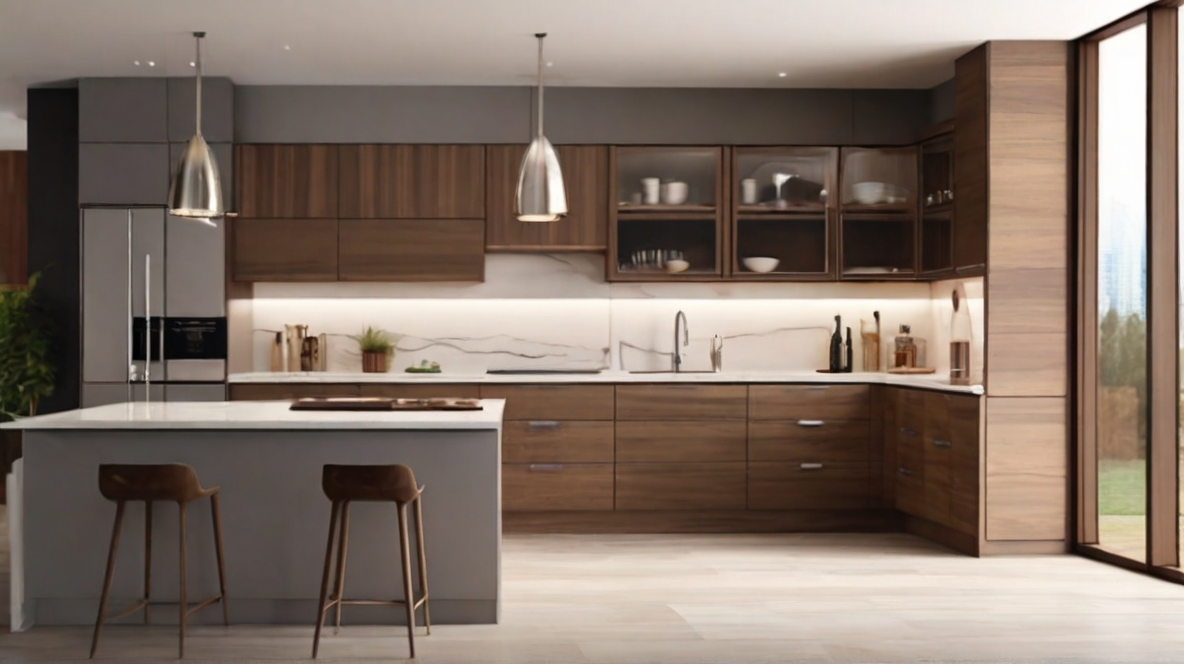Base kitchen cabinets stand as the keystone of kitchen designs, both functionally and aesthetically. They are not just for providing a space where you are going to choose to put your kitchen necessaries, but also in dictating the ambiance and aesthetic of your culinary sphere. In this guide we will try to provide you with an information about the essential things you need to know when you are going to select your base kitchen cabinets.

Understanding the Basics
So what are the base kitchen cabinets? Base kitchen cabinet or cabinets are the cabinets that sits on the base/floor, and stands as support for the countertop in the kitchen. They are crucial because apart from providing the support they are giving the look of the kitchen, provide a space where you can storage kitchen appliances, and basically helping to organize your kitchen.
They varies in the types, dimensions, materials as well as the color and finish that is going to be used. So is up to the home owners to select what best stands the best in line with your home.

Types of Base Kitchen Cabinets
The design and layout of a kitchen significantly depend on the style and types of base cabinets chosen. These cabinets are designed to meet specific needs and preferences, catering to a wide range of functionalities and storage solutions.
Standard Base Cabinets
These are the most common types, featuring doors and drawers for versatile storage. They are ideal drawers for storing pots, pans, and other kitchen essentials.
Sink Base Cabinets
Customized to accommodate plumbing, sink base cabinets are designed without a back panel and have reinforced wall support to hold the sink weight.
Corner Base Cabinets
Designed to maximize space in corner areas, these cabinets can include lazy Susans or pull-out drawers to improve accessibility.
Drawer Base Cabinets
Comprising several drawers, these cabinets are perfect for organizing utensils, cutlery, and smaller items for easy access.
Base Kitchen Cabinet Dimensions
Understanding the standard dimensions of base kitchen cabinets is crucial for planning and installation. The typical height of these cabinets is 34.5 inches, with a standard depth of 24 inches for compatibility with most countertops.
Width can vary, starting from 9 inches and increasing in increments of 3 inches, in order to fit different kitchen sizes and layouts. Custom dimensions can also be designed to accommodate unique spaces or specific requirements.

Materials That Base Kitchen Cabinets Are Made Of
The choice of type of material for base kitchen cabinets affects not only the look and feel of the kitchen but also the durability and longevity of the cabinets.
Wood: Solid wood cabinets offer a classic and warm aesthetic, with options like oak, maple, and cherry being popular choices.
Plywood: Known for its strength and stability, plywood is a common choice for cabinet construction, often used with a veneer finish for a polished look.
Particleboard: A cost-effective option, particleboard is made from compressed wood particles and is typically covered with a laminate or veneer.
Metal: Stainless steel or aluminum cabinets offer a modern look and are known for their durability and ease of maintenance.
Color and Finish
White and shades of wood are timeless choices that blend well with various home kitchen styles. However, bold colors like navy, black, or green can make a statement and add personality to the kitchen.
And about the finish options range from matte and glossy to textured finishes, each contributing differently to the kitchen’s design and ambiance. Matte finishes offer a subtle, contemporary look, while glossy finishes reflect light, making the space appear larger. Textured finishes add depth and interest, providing a unique touch.
Care and Maintenance
Proper care and maintenance are essential to ensure the longevity and appearance of base kitchen cabinets. Regular cleaning with a mild detergent and soft cloth can prevent dirt and grease buildup. Immediate attention to spills and leaks will protect cabinets from water damage and staining. For wood cabinets, periodic refinishing or repainting can refresh the look and protect the material. Metal cabinets may require polishing to maintain their shine, while laminate surfaces benefit from careful cleaning to avoid scratches.